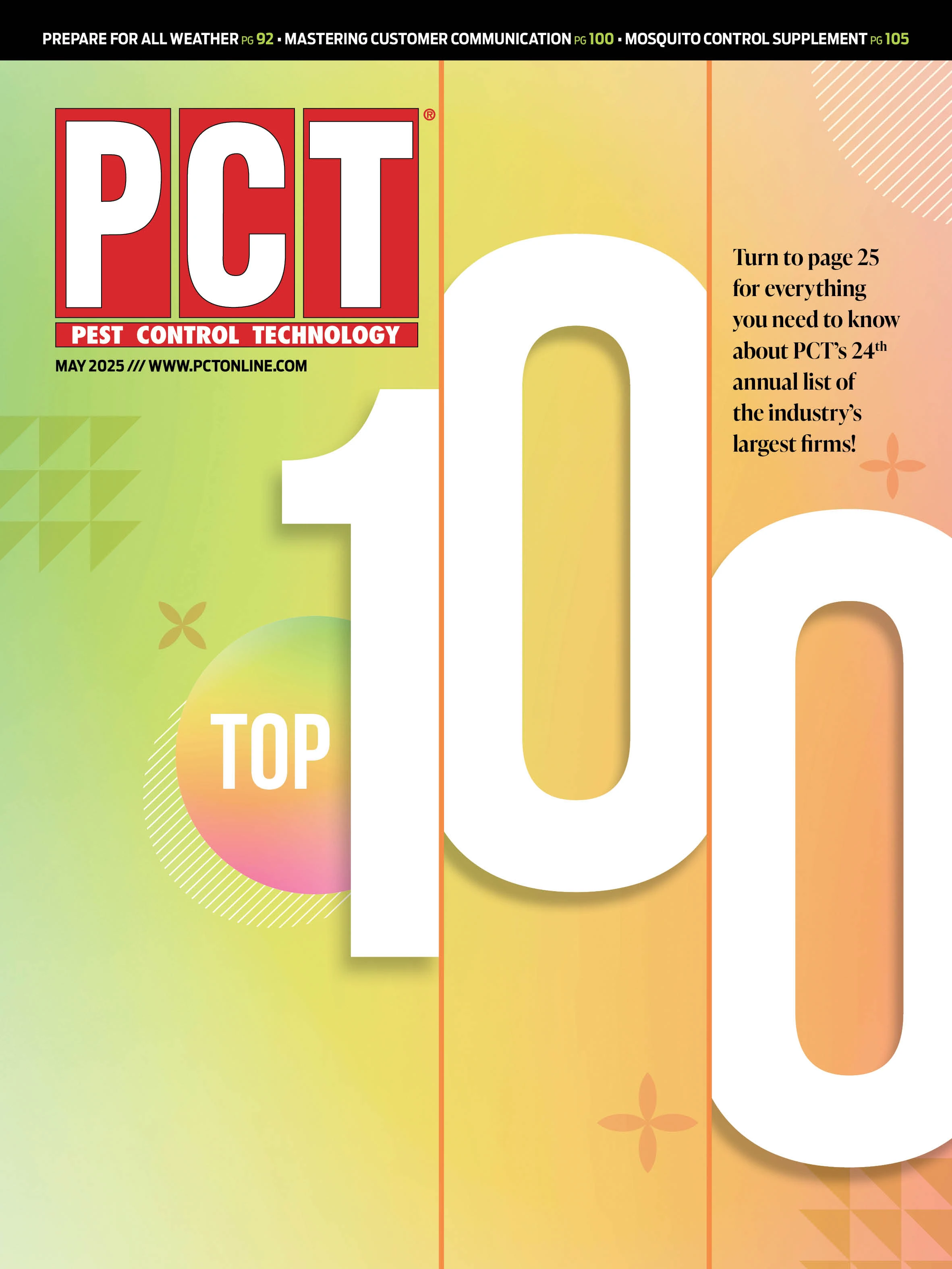1. What Are 25(b) Products?
Under the Federal Insecticide, Fungicide, and Rodenticide Act (FIFRA), Section 25(b) products are classified as minimum-risk pesticides. They are exempt from federal registration if they meet all conditions set by the Environmental Protection Agency (EPA). These products can be deployed to the field more rapidly since they skip the federal registration step.
2. Ingredients Matter
One of the requirements of 25(b) products is they can ONLY be formulated with active and inert ingredients that are on the EPA’s approved list. Active ingredients, including essential oils like peppermint, clove and thyme, as well as inert ingredients including water, isopropyl myristate and mineral oil, are some of the ingredients allowed in these products.
3. Training is Essential
Ensure technicians understand proper application techniques, target pest behavior and product limitations to maximize success. Additionally, regulations around 25(b) products can vary dramatically from state to state. Stay up to date and informed by regularly checking with your state’s lead regulatory agency.
4. Minimum Risk is Not Risk-Free
While they are considered minimum-risk, improper use of 25(b) products can still cause hazards. Avoid spills and applications inconsistent with labeling to avoid negative environmental impact. Improper handling can also lead to irritation or allergic reactions to applicators. Wearing required personal protective equipment (PPE) and ensuring label compliance are still important, even with minimum-risk pesticides.
5. Residues
Many 25(b) products are heavily essential oil-based, so applications made above the recommended label rates can leave oily or greasy residues on surfaces that can be unsightly. Heavy applications might damage surfaces or plants. Communicate with customers about the potential for residues and advise on proper cleanup procedures if necessary.
6. Odor
Some 25(b) ingredients have strong or unpleasant odors. Essential oils like clove, garlic or peppermint can be perceived as unpleasant or be overwhelming in small spaces. Test in small areas before large-scale applications, especially indoors and in areas where people sensitive to odors live.
7. Storage, Shelf-life and Application Equipment
Essential oil-based products may degrade or separate faster than conventional products. Contact the manufacturer of the products in your inventory about expiration or when to discard products. Standard spray equipment is usually fine for application of 25(b) products, but some oils and inert ingredients can be harsh on hoses, seals and gaskets. It is best to confirm compatibility to avoid equipment issues.
8. Integrated Pest Management (IPM) Compatibility
When used alongside IPM tactics, 25(b) products can be a valuable part of a holistic approach in a comprehensive program. They can be especially useful as part of a rotational program to delay insecticide resistance, ultimately reducing reliance on synthetic pesticides.
9. Cost Considerations
Essential oil-based products are often more expensive per application than traditional synthetic pesticides. This is due to the sourcing of quality oils and other plant-based co-formulants. Factor this into your pricing and service structure.
10. How do I know which 25(b) product is the best for my needs?
When it comes to 25(b) products, versatility and support make all the difference. Introducing Vector Kleer — a powerful solution for controlling mosquitoes, ticks, flies and fleas across residential, commercial and recreational areas. Its broad coverage and flexible application ensure you get effective results where they matter most. With 25(b) products exempt from federal registration, the market is flooded with options — but not all are created equal. Choosing a trusted manufacturer like Control Solutions Inc. (CSI) means you get more than just a product; you get proven performance and expert support.

Explore the May 2025 Issue
Check out more from this issue and find your next story to read.